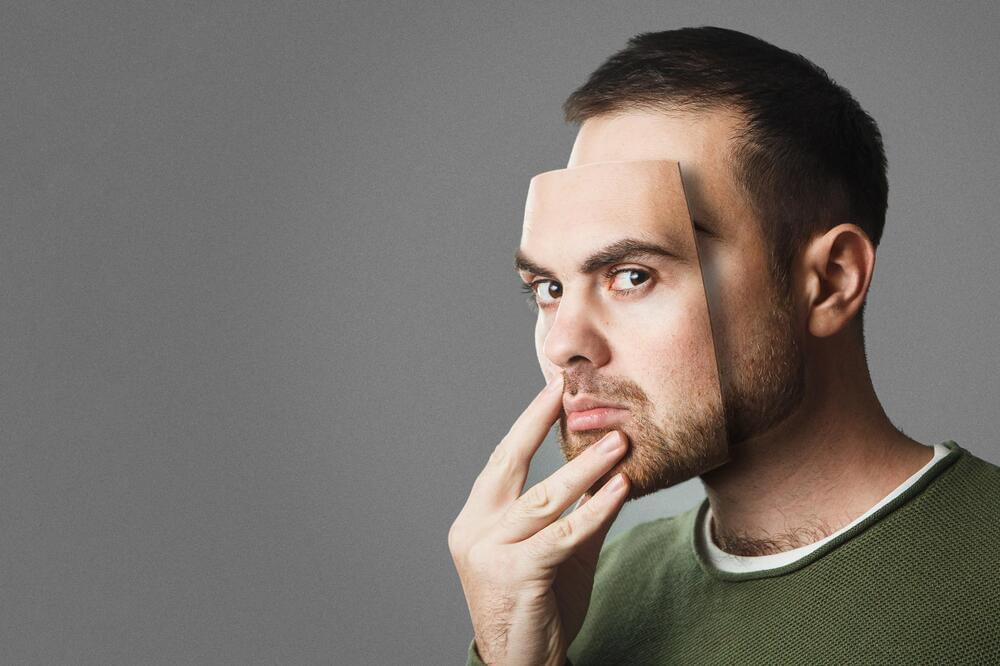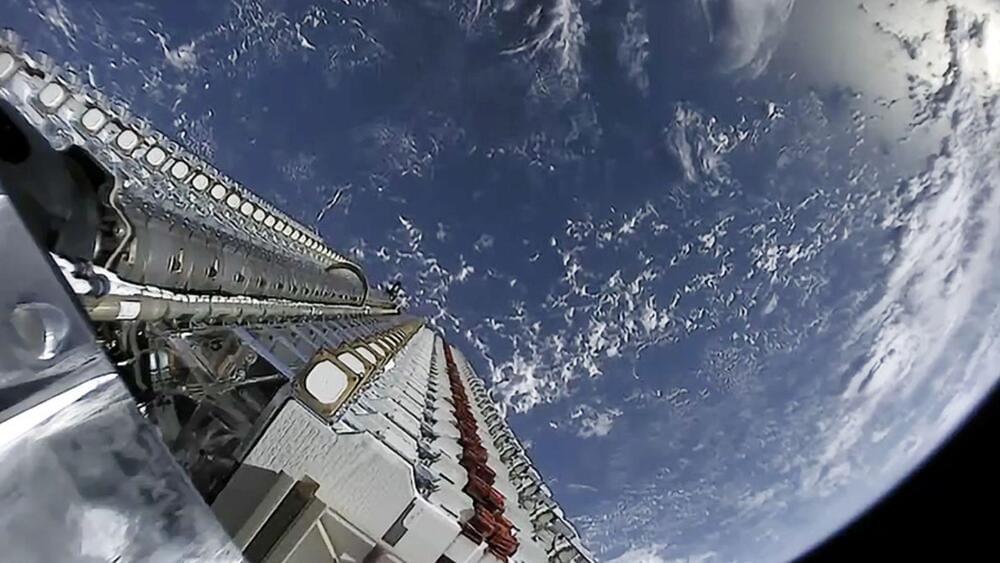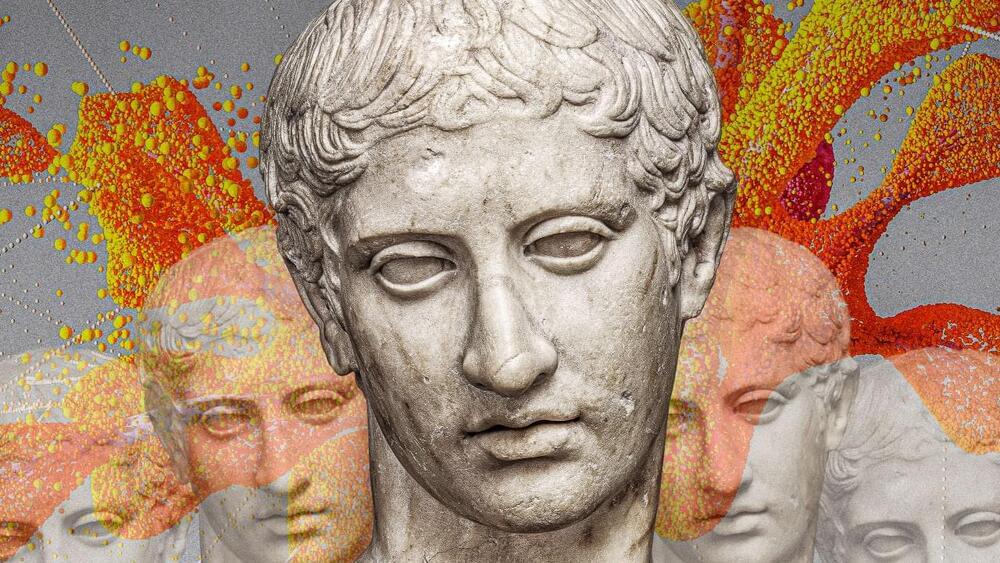They discovered that removing PLD3 from neurons using gene therapy resulted in a significant decrease in axonal swelling.
A study on Alzheimer’s published recently by Yale University is quite attention-grabbing. Because the disease’s crippling symptoms could be brought on by swelling in the brain brought on by amyloid plaques, say the experts.
One of the main features of Alzheimer’s is the formation of amyloid plaques. Researchers have been trying to shrink these plaques in their researchers for years. In addition, Yale researchers have found that swelling caused by a byproduct of these plaques may be the cause of the disease’s debilitating symptoms.






